| Hanshinkan Kid (6): @China and Chinese Chinese memories of a young Haruki Murakami found in his works |
||
| @@@ | ||
|
A bartender who goes by the name of gJh and is described as a Chinese resident of Japan is a
character in Haruki Murakamifs early novels. J the bartender appears in all his first three novels, often referred to as the gTrilogy of the Rath--Murakami's debut novel, gHear the Wind Sing,h gPinball, 1973h and gA Wild Sheep Chaseh--and also in gDance Dance Dance,h a sequel to gSheep.h J is 20 years older than the unnamed protagonist of these novels and his friend, the gRat,h and serves as a good companion and adviser to both. | ||
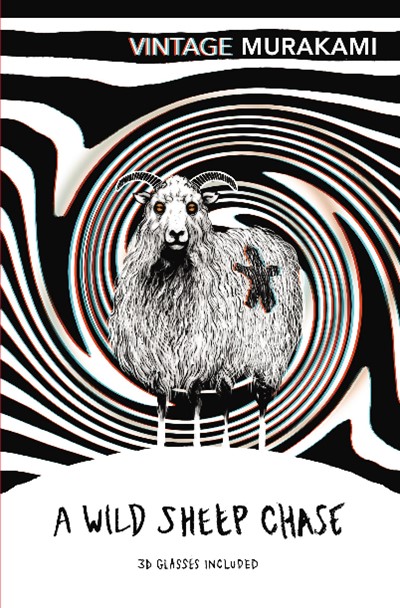 @ @ |
||
| In one scene in gHear the Wind Sing,h the protagonist talks about J, actually the owner of the
bar where the protagonist and the Rat often spend time. gHe is Chinese, but he speaks far
better Japanese than I.h In another scene in the novel, J says, gI want to return to China once,
although Ifve never been there c I feel so whenever I go to the port and see ships.h In gPinball, 1973,h the protagonist, a nameless first-person narrator, says, gIn this town being Chinese is nothing unusual. The soccer club of the Ratfs high school had two Chinese players, a forward and a defender. Nobody cares.h What is notable about Murakamifs descriptions of J and other Chinese in his novels is that they are depicted as urbane people who donft fit the stereotype of Chinese held by many Japanese. KOBE PROVIDED FIRST ENCOUNTER WITH CHINESE | ||
|
| ||
| Why does Murakami depict Chinese this way? There seems to be some clues to the reason in
his gA Slow Boat to China,h his first short story, published in 1980. The story revolves around
the protagonist, an unnamed narrator, and some Chinese residents in Japan whom he met. At the beginning of the story, the protagonist asks himself, gWhen was it that I first met a Chinese?h gMy guess is it was either in 1959 or in 1960.h If this protagonist, who is over 30, represents Murakami himself, it was when he was a fifth- or sixth-grader. Then, there is a scene in which this protagonist goes to a school that seems to be modeled on Kobe Chinese School, a school in Kobe for Chinese children, in order to take a mock examination for elementary school students wishing to enter private junior high schools. |
||
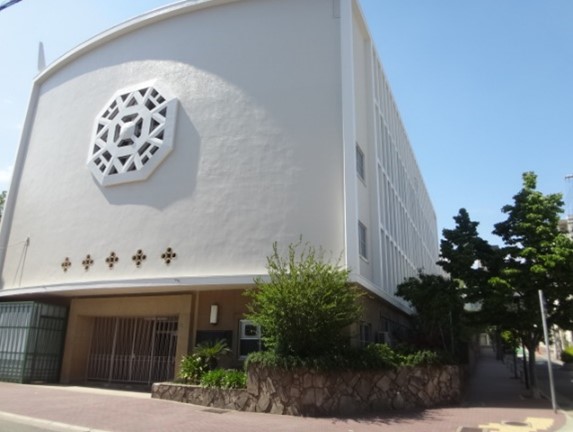 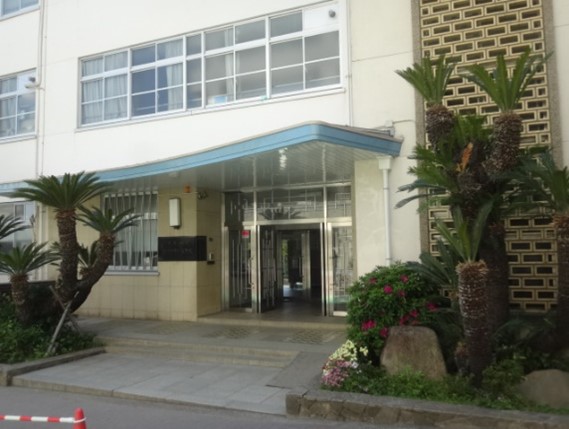 |
||
| Kobe Chinese School | ||
| If this scene is based on Murakamifs own experience, I also went to the school to take the test. I was also a "Hanshinkan Kid" living in a town between Osaka and Kobe and in the same year in school as Murakami. I still remember taking the exam in a dimly lit classroom in a building with a solid appearance. I also remember eating chow mein at a Chinese restaurant near Sannomiya Station in central Kobe on my way back home. | ||
| In his gA Slow Boat to China,h the scenes and people the young boy, who is apparently the
author himself, encounter are described in great detail. They include the townscapes the boy
sees on his way to the school, the classroom where he takes the test and the Chinese teacher
who does the proctoring. The described details include a posh iron gate of a house along the
road, a path paved with stones lined with shrubs, a plate attached to a tree in the schoolyard
with an explanation about the tree in Chinese, a square-shaped playground that looks like a
patio and a bust of someone. | ||
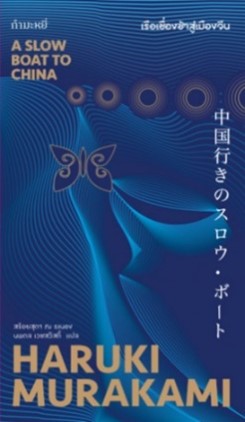 @ @ |
There is also a scene in the novel where the Chinese test proctor makes a brief speech to the
students who have seated themselves and are waiting for the exam to begin. During the 10
minutes or so before the beginning of the exam, the teacher said the following to the students:
gIn this room, Chinese students about the same age as you study hard.h gBoth Chinese and
Japanese should have pride as human beings, and the two neighboring countries should respect one another and make efforts to be friends.h gTomorrow, Monday,
Chinese students will sit at desks in this room. Imagine how they will feel if they find many graffiti and scratches on their desks.h It is not clear whether Murakami actually heard such a speech at the school or he simply created the scene. At least, however, it is easy to imagine that Murakami was deeply impressed when he heard a Chinese teacher say such words. After graduating from a junior high school in the city of Ashiya, Hyogo Prefecture, Murakami went on to Hyogo Prefectural Kobe High School in the city of Kobe. His relationship with Kobe expanded further while he was a student at the school, where it seems there were several Chinese pupils in each class. | |
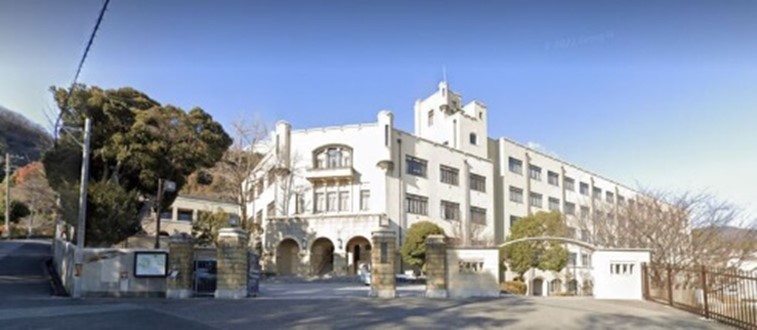 @ @ |
||
| Hyogo Prefectural Kobe High School | ||
| One of my classmates at the high school from which I graduated, located in the city of Nishinomiya,
also Hyogo Prefecture, was Chinese. Chinese living in Kobe are typically people with skills and expertise who came to live in the city and have achieved success in their businesses. In Kobe, Chinese have been traditionally believed to be generally rich and astute business people. There have been relatively few episodes of ethnic conflict involving Chinese in Kobe, who have built good relations with Japanese society. Kobe has a Chinatown called Nankin-machi. But compared with Yokohama's Chinatown, Nankin-machi is much smaller in scale. Unlike Yokohama's Chinatown, where many Chinese actually reside, Nankin-machi is a pure commercial district with few residents. | ||
 @ @ |
||
| Chinatown called Nankin-machi. | Chinese facilities such as Kanteibyo (Chinese temple) and Kobe Chinese School are mostly located in the uptown area and Chinese residents of Kobe, whose number is estimated to be more than 10,000, mostly live in residential areas in the city along with Japanese citizens.
| |
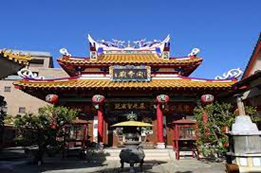 @ @ |
||
| Kanteibyo (Chinese temple)( | ||
| There was a Chinese restaurant run by a Chinese resident near my house. His two sons, who would play
with Japanese children in the neighborhood, grew up to become a doctor and a pharmacist, respectively. As I remember, Chinese
residents in Kobe looked and spoke like Japanese, and their names, such as Zhang and Chen, were the only things that told us they were Chinese. Murakami apparently spent his youthful years in an environment where Japanese and Chinese lived peacefully together in the same neighborhood. That may be why he created Chinese characters like J the bartender. INFLUENCE OF HIS FATHER | ||
| Even more important, especially from the viewpoint of his later works, is the influence of his late father,
who participated in Japanfs war with China. In his speech to accept the Jerusalem Prize for the Freedom of the Individual in Society in 2009, Murakami referred to his father, saying, gAs a child born after the war, I used to see him every morning before breakfast offering up long, deeply felt prayers at the Buddhist altar in our house.h gOne time I asked him why he did this, and he told me he was praying for the people who had died on the battlefield. His way of praying for all the people who died, he said, both ally and enemy alike. Staring at his back as he knelt at the altar, I seemed to feel the shadow of death hovering around him.h | ||
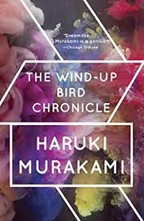 @ @ |
||
| Murakami first dealt seriously with issues related to the history of Japanfs relations with China in his
gThe Wind-Up Bird Chronicle,h which started being published in 1992 as a serial novel in gShincho,h a monthly literary magazine.
In this novel, the Nomonhan Incident in 1939, also known as the Battles of Khalkhyn Gol, in which Soviet and Japanese armies clashed
on the Manchurian-Mongolian frontier, and the Second Sino-Japanese War are described in scenes as remembered by a character. Later in 1994, Murakami visited a location where fierce battles were fought in the Nomonhan Incident on both the Chinese and the Mongolian sides. He wrote about this trip in an essay first published in the magazine gMarco Poloh and later in gHenkyo Kinkyo,h a collection of his travel essays. The essay about his trip to the Nomonhan battlefield is titled, gNomonhan no Tetsu no Hakabah (An Iron Graveyard at Nomonhan). At the end of this essay, he wrote the following passage: gA time-worn photograph of the Nomonhan Incident I saw in a book when I was an elementary school student captivated me for no clear reason and, more than 30 years later, inspired me to travel all the way to an area deep in the Mongolian-Manchurian steppe.h gI will never forget the signs showing there was a war. Because there is probably nothing I can do but to try not to forget them.h In an opinion piece he wrote for The Asahi Shimbun in September 2012, Murakami expressed his thoughts about Japanfs strained relations with China. In the article, he argued that the gpath through which the spirit travels to and fro across the border must not be closed.h The manner in which Chinese residents in Kobe lived when he was a young boy is deeply embedded in his mind. He also has some vivid memories about how his father talked about Japanfs war with China. I cannot help but feel that this comment on Japan-China ties was an outcry of the soul he was compelled to make by these memories. | ||
Copyright Since 2009 OFFICE ATSURO KAWAUCHI. All rights reserved.